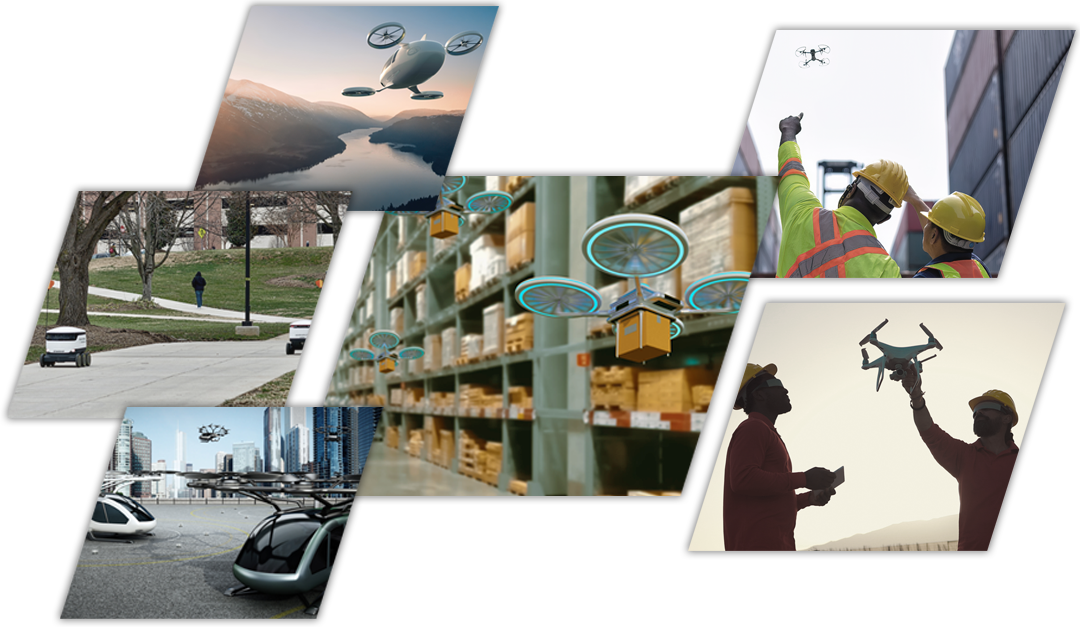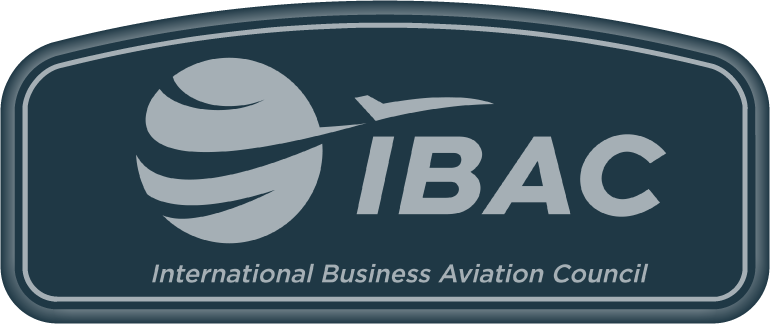
Training
Development
TRANSPORTATION & TECHNOLOGY
Safety is the highest priority of all involved in aviation.
Why is air travel the safest mode of long-distance transportation?
Because of checks and balances, training and certifications, technology, regulations and industry authorities. In fact, no other form of transportation is as scrutinized, investigated and monitored as aviation. Thus, the aviation industry – with its tight regulations and critical safety procedures – offers valuable best practices for companies around the globe to achieve the platinum standard for safety and security.
Safety is about proactively managing risks and hazards that go well beyond minimum requirements established by aviation authorities around the world.
Aviation professionals know that safety is the first and most critical duty they have, which is why they have sophisticated safety management systems in place to ensure that safety always comes first. From those involved in the planning of flight operations, to those who directly carry out or support these operations, to those in the safety management team tasked with the analysis of safety-related events and implementation of preventive measures – safety is the top priority.
Lastly, in addition to developing training programs and regulations, the aviation industry also has also responded to high risk by cultivating a culture of sharing relevant safety information and listening to feedback. The great need to keep people safe doesn’t allow for withholding information, concealing mistakes or penalizing errors. Out of a shared responsibility to protect its users, aviation organizations and professionals instead share information about mistakes and failures that would help and prevent future accidents.





